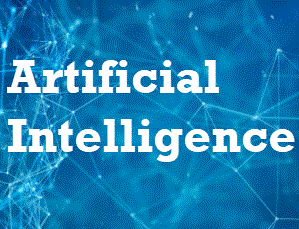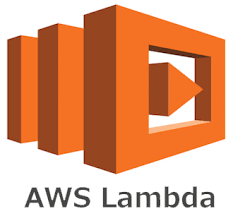1. What is DBMS used for ?
A database management system is the one who manages data efficiently and allows users to perform multiple tasks with ease. A database management system stores, organizes and manages a large amount of information within a single software application. TheDBMS provides users and programmers with a systematic way to create, retrieve, update and manage data. It provides an interface between the data and the software application.
2. What are the different type of relationships in the DBMS?
There are 3 types of relationships in relational database design. They are:
One-to-One
One-to-Many (or Many-to-One)
Many-to-Many
3. What are clustered and non-clustered Indexes?
Clustered indexes sort and store the data rows in the table or view based on their key values. These are the columns included in the index definition. There can be only one clustered index per table, because the data rows themselves can be stored in only one order.
Nonclustered indexes have a structure separate from the data rows. A nonclustered index contains the nonclustered index key values and each key value entry has a pointer to the data row that contains the key value.
4. What is sub-query in terms of SQL?
A subquery or nested query or subselect, is a SELECT query embedded within the WHERE or HAVING clause of another SQL query.
The data returned by the subquery is used by the outer statement.
Subqueries provide an easy and efficient way to handle the queries that depend on the results from another query.
A subquery must return only one column. This means you cannot use SELECT * in a subquery
You can only use subqueries that return more than one row with multiple value operators, such as the IN etc.
5. Explain what is meant by a Database ?
A “database” refers to a set of related data and the way it is organized. A database is a collection of information that is organized so that it can easily be accessed, managed, and updated.Every application program requires to store some data (given by user or self-generated) for better user-experience. For storing and organising this data in an easy readable format and securing sensitive data is why we need databases. Databases are used to support internal operations of organizations and to underpin online interactions with customers and suppliers.












